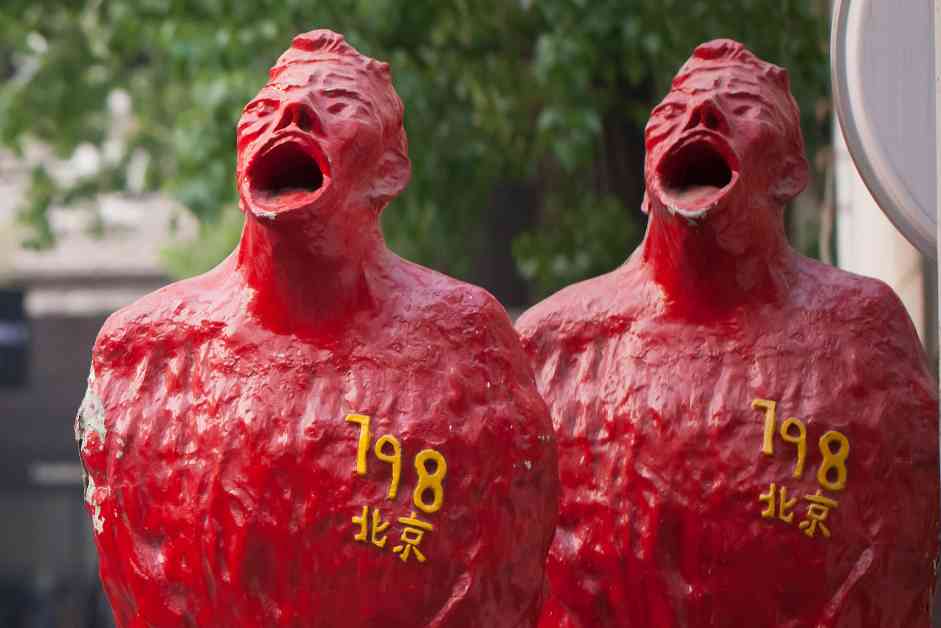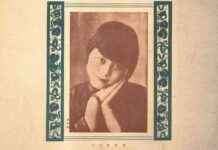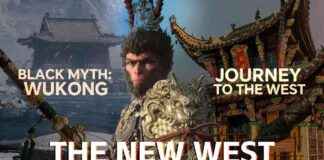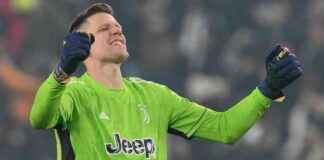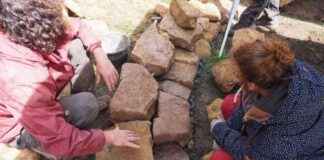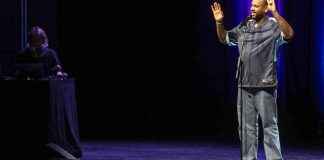China’s Art Market Evolution: Navigating State Control and Global Influence
China’s art market has undergone a fascinating evolution over the years, transitioning from a period of wild exuberance to a more controlled state of affairs. Scholar and journalist Kejia Wu delves into this transformation in her book, A Modern History of China’s Art Market, exploring the interplay between the Chinese government’s pursuit of cultural “soft power” and its quest for control.
Wu’s book takes a deep dive into the aftermath of the Cultural Revolution, the emergence of contemporary art, and the dual art systems in China – one state-organized and highly ideological, and the other market-oriented. She profiles five Chinese artists from different generations, shedding light on their experiences within these contrasting systems.
In a conversation with Jeremy Goldkorn in 2023, Wu shared insights into her book, shedding light on the complexities of China’s art market. She detailed her journey into the art scene, which began unexpectedly during her time at Renmin University in the late ’90s.
From Real Estate to Art: A Unique Entry into the Art World
Wu’s foray into the art world came through an unconventional path – real estate. While working on a project to transform a textile factory into a contemporary art center in Beijing, she found herself at the intersection of creativity and development. This initiative, ahead of its time, provided a platform for artists and performers to showcase their work in a modern setting, attracting a diverse range of talents.
Despite the initial success of the East Modern Art Center, the commercial interests of the real estate company led to its eventual closure, prompting Wu to explore other avenues. Her subsequent roles in communication, art advisory, and academia in the U.S. further fueled her passion for the art market, eventually culminating in the writing of her book.
The Dichotomy of Art Systems: State Control vs. Market Dynamics
Wu’s book delves into the dual art systems in China – one governed by state regulations and ideological constraints, and the other driven by market forces and international demand. The state system, under the influence of ministries and government bodies, imposes strict guidelines on content and messaging, aligning with the narrative of “Cultural Construction” and “Xi Jinping Thought on Culture.”
Conversely, the private art market thrives on commercial galleries, international collectors, and independent institutions, offering artists more creative freedom and exposure to global audiences. However, recent trends indicate a tightening grip on artistic expression, with increased scrutiny and censorship affecting both state-sanctioned and independent artists.
The Changing Landscape: Artists’ Responses to Censorship and Control
As censorship intensifies in China, artists are facing mounting challenges in navigating the art market. The evolving restrictions on content, themes, and narratives have forced many to adapt their work or seek opportunities outside the country. Some artists, like Qiu Zhijie and Liu Xiaodong, have chosen to align with the state system, leveraging government funding and institutional support to further their careers.
In contrast, artists such as Ai Weiwei and Lu Yang have opted to establish studios abroad, where they can explore themes and concepts without fear of censorship. The global reach of these exiled Chinese artists highlights the growing trend of seeking creative freedom beyond the confines of state control.
In conclusion, China’s art market continues to evolve amidst shifting dynamics of state influence and market forces. The interplay between censorship, commercial interests, and artistic expression shapes the landscape for artists, challenging them to navigate a complex web of regulations and opportunities. As the art world grapples with these changes, the resilience and creativity of Chinese artists shine through, transcending boundaries and redefining the boundaries of artistic expression.
